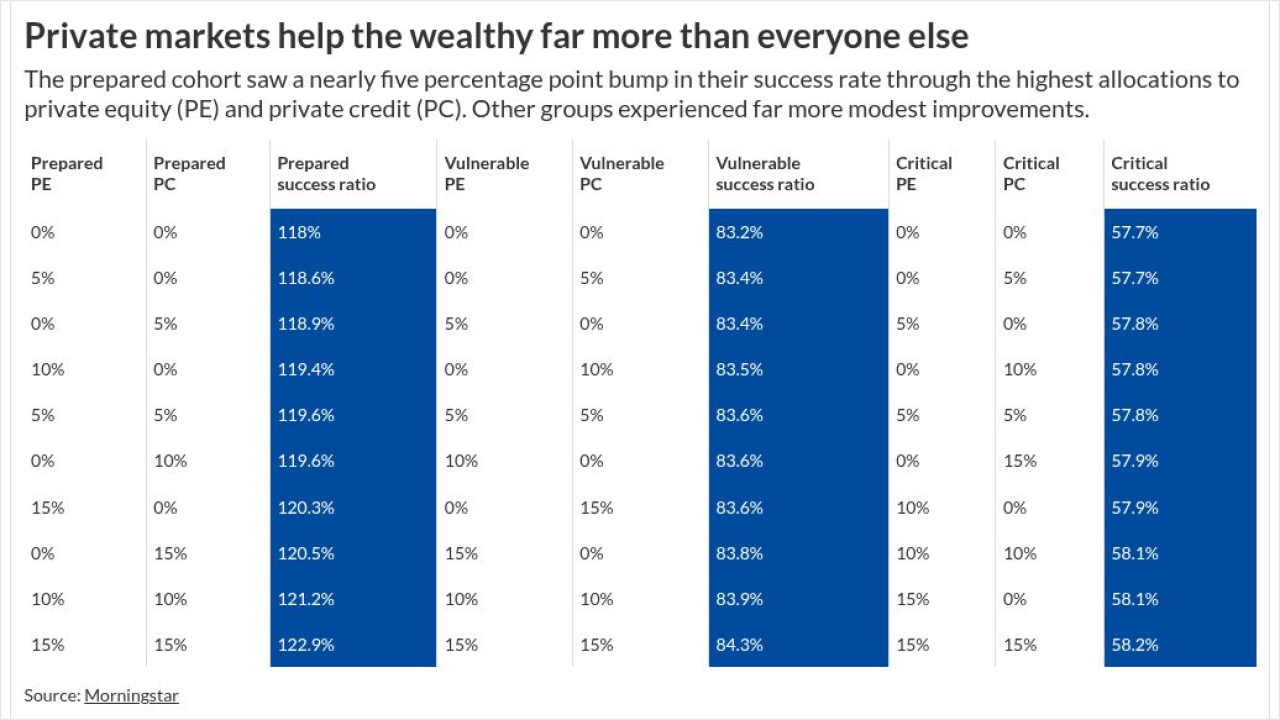When the new tax law doubled the threshold for estate taxes, you might have naturally assumed that estate planning was no longer relevant to the majority of your clients. After all, the new law raised the bar for estate taxes to exclude all but the nation’s wealthiest households — those with more than $11.18 million per person or $22.36 million per couple.
But if you were quick to write off estate planning as a top priority for your clients, you might want to think again.
In fact, the new law signed in December dramatically changes estate planning in ways advisors and their clients may not yet realize. Without the influence of their financial advisors, clients are unlikely to realize these important changes and confer with an estate planning attorney in a timely manner.
Take the following scenarios for example:
- Income tax planning will become a more critical part of most estate plans and require a more active role by financial planners and clients’ CPAs.
- Many income tax benefits can be gained by using non-grantor trusts. These are trusts that are their own independent taxpayers that pay their own tax. This is a sea change from the grantor trust (the client who set up the trust was generally taxed on the trust income) that had been ubiquitous in estate planning.
- Wealth advisors will now have a new pot with different tax considerations to factor into asset location decisions. Wedged between the qualified plan pots that pay no current tax, and the individual client pot that pays current income tax, will be a new category that will have a different tax profile.
- Meanwhile, life insurance will also serve new roles. In most cases, insurance will no longer be needed to pay an estate tax, but it may still be a useful backstop that will become more common in the new trust planning.

New laws, new goals: Many clients will have different goals for their estate planning than they did previously, and identifying these goals is essential to structuring new estate plans. In crafting a new plan, consider these three significant objectives:
- Use new temporary exemptions. The doubling of the exemptions from $5 to $10 million inflation adjusted is a temporary benefit. The law by its own terms will sunset after 2025 and the exemption will return to $5 million (inflation adjusted). If large deficits occur, a future administration may repeal this and other benefits before that time. So, clients should use as much of the new exemption as possible while they can. In most cases, this will require making transfers to trusts that constitute completed gifts for transfer tax purposes. This means that the plan will limit the control or strings your client has on the trusts receiving assets to avoid estate inclusion. This will affect the terms of the trusts that are used.
- Clients must have access to the funds transferred. With exemptions of $22.36 million per couple, few clients will be willing to give up access to the assets they transfer to use their exemptions. That means that the client herself, or the client’s spouse if married, will have to have options to gain access to trust assets.
- In many cases, and in contrast to prior planning, some trusts will have to be non-grantor trusts to assist clients in minimizing the negative impact of the restrictions the new law places on standard deductions, including state and local taxes, which are limited to $10,000 per year. Charitable contributions were not directly limited, but few clients will have sufficient itemized deductions to get a tax benefit from donations. This is important to clients of all wealth levels that are charitably inclined, and to clients incurring large property taxes on their home and vacation home, and state and local income taxes. These non-grantor trusts may help maximize benefits from the new 20% income tax deduction available to pass-through businesses entities.
New planning: Here’s how the new objectives may be coordinated in new estate plans.
- The client will create a trust naming a spouse and all descendants as beneficiaries. Including a spouse in the trust meets the goal of assuring access to the assets given away. However, the traditional approach of including a spouse will result in the trust being classified for income tax purposes as a grantor trust with income taxable to the client setting up the trust. Instead, in these new trusts, distributions to the spouse will have to be approved by what the tax laws call an “adverse party.” That is someone who will be negatively affected by distributions to the spouse, e.g. a child who is a beneficiary of the trust. This will permit non-grantor income tax status for the trust.
- The client might transfer part or all of their home or vacation home to the trust. Each non-grantor trust should be entitled to its own $10,000 SALT deduction. This technique can salvage most of a client’s lost property tax deduction. There are certainly nuances to the planning. For example, the house has to be owned by a limited liability company, the home sale exclusion will be lost unless unless the house is sold to the trust or the planning is unwound two years before sale, etc.
- The client should transfer sufficient investment assets to the trust to earn enough income to pay the property tax owed by the trust and to offset that deduction.
- Many clients may transfer more investment assets to such non-grantor trusts to avoid high state income taxes that are no longer deductible.
-
The law has numerous income tax consequences for individuals and businesses.
February 9 -
If estate planning documents don't use the right language, it can sometimes lead to costly and time-consuming alternatives.
January 17 -
The drastic changes are shaking up the status quo of estate planning. Here’s how financial planners need to change their approach.
January 3
Charitably inclined clients can use a similar approach to gain the full tax benefit from contributions. These clients can set up a simple non-grantor trust in the state they live in and name a family member as a trustee. They can transfer sufficient investment assets to the trust to generate income to pay charitable donations. They can also name children and grandchildren as beneficiaries. The family member trustee in future years can donate income to charity.
Trusts do not have a standard deduction, so the income will be offset by the contribution deduction so long as certain tax law requirements are met. That will provide a full offset for the donation and for a married client, it will preserve their full $24,000 standard deduction on their personal income tax return. If in a future year the client wished to help a child or grandchild, the trustee can then make a distribution to that beneficiary and forgo a charitable gift. So, the planning can provide considerable flexibility.
Similar planning can be used to maximize the new 20% deduction for pass-through businesses under new Code Section 199A. If the client’s taxable income is too high to gain maximum benefit from this new deduction, they can set up non-grantor trusts for each child and gift a portion of the business to each trust. The trusts will have their own income level for purposes of calculating the 199A benefit.
The use of these new types of trusts, with different tax profiles than other investment pots will require that financial planners reconsider asset location decisions.
Overall, estate planning has been completely transformed by the new law. While a properly crafted estate plan can and should still achieve asset protection, asset disposition and other goals, it can also now be directed at achieving a range of valuable income tax planning benefits.





